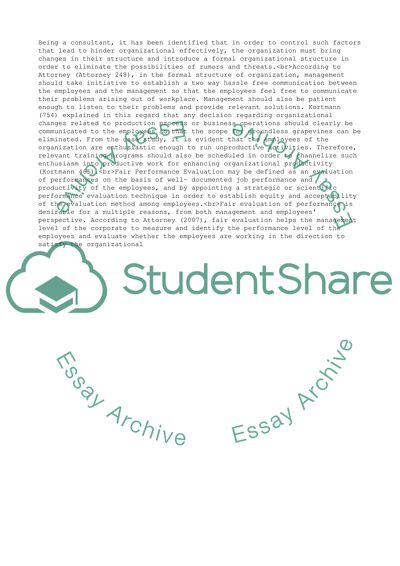Cite this document
(Organizational behavior (research analysis) Assignment, n.d.)
Organizational behavior (research analysis) Assignment. https://studentshare.org/business/1861154-organizational-behavior-research-analysis
Organizational behavior (research analysis) Assignment. https://studentshare.org/business/1861154-organizational-behavior-research-analysis
(Organizational Behavior (research Analysis) Assignment)
Organizational Behavior (research Analysis) Assignment. https://studentshare.org/business/1861154-organizational-behavior-research-analysis.
Organizational Behavior (research Analysis) Assignment. https://studentshare.org/business/1861154-organizational-behavior-research-analysis.
“Organizational Behavior (research Analysis) Assignment”. https://studentshare.org/business/1861154-organizational-behavior-research-analysis.


